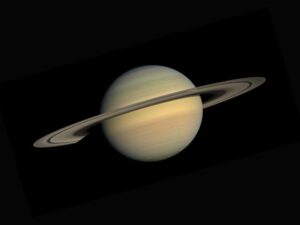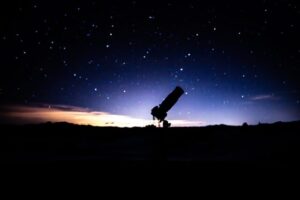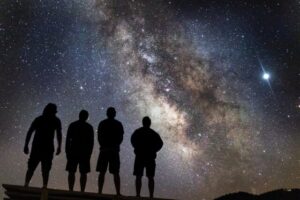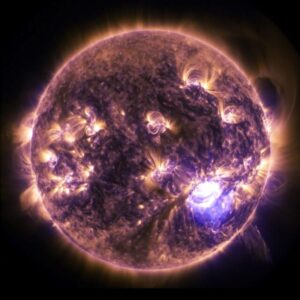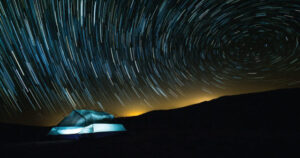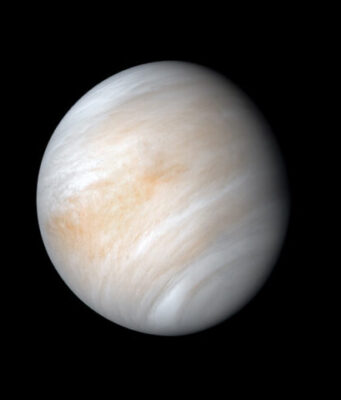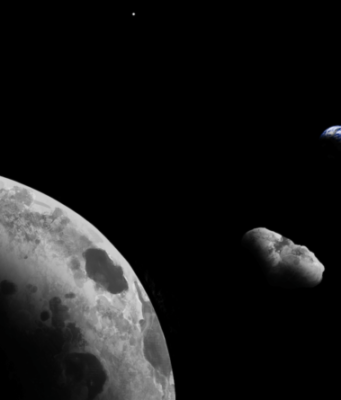Two black holes merged and released gravity waves that reached Earth on December 26, 2015, marking the second observation of gravity waves by the twin LIGO detectors. Credit: Max Planck Institute/SXS
For the second time, scientists have directly detected gravitational...
An artist's concept of a supermassive black hole at the centre of a galaxy.Credit: NASA – JPL/Caltech
The supermassive black holes found at the centre of every galaxy, including our own Milky Way, may, on average, be smaller than we...
This artist's impression shows the closest known protoplanetary disc, around the star TW Hydrae in the huge constellation of Hydra (The Female Watersnake). The organic molecule methyl alcohol (methanol) has been found by the Atacama Large Millimeter/Submillimeter Array (ALMA)...
A bright disruption in Saturn's narrow F ring suggests it may have been disturbed recently. This feature was mostly likely not caused by Pandora (50 miles or 81 kilometers across) which lurks nearby, at lower right. More likely, it...
Scientists applaud the first detection of a "handed" molecule, (propylene oxide) in interstellar space. It was detected, primarily with the NSF's Green Bank Telescope, near the center of our Galaxy in Sagittarius (Sgr) B2, a massive star-forming region. Propylene...
Artist's impression of the simultaneous stellar eclipse and planetary transit events on Kepler-1647. Credits: Lynette Cook
If you cast your eyes toward the constellation Cygnus, you’ll be looking in the direction of the largest planet yet discovered around a double-star system....
Image credit: NASA/ESA
The drizzle of stars scattered across this image forms a galaxy known as UGC 4879. UGC 4879 is an irregular dwarf galaxy—as the name suggests, galaxies of this type are a little smaller and messier than their...
This enhanced color view from NASA's New Horizons spacecraft zooms in on the southeastern portion of Pluto's great ice plains, where at lower right the plains border rugged, dark highlands informally named Krun Macula. (Krun is the lord of...
Light pollution now blots out the Milky Way for eight in 10 Americans. Bright areas in this map show where the sky glow from artificial lighting blots out the stars and constellations. An international team of researchers has released...
NGC 6888, also known as the Crescent Nebula, is a cosmic bubble about 25 light-years across, blown by winds from its central, bright, massive star. This sharp telescopic portrait uses narrow band image data that isolates light from hydrogen...
Deep in the heart of the Abell 2597 Brightest Cluster Galaxy, astronomers see a small cluster of giant gas clouds raining in on the central black hole, as illustrated in this artist concept image.Credit: NRAO/AUI/NSF; D. Berry/SkyWorks; ALMA (ESO/NAOJ/NRAO)
At...



